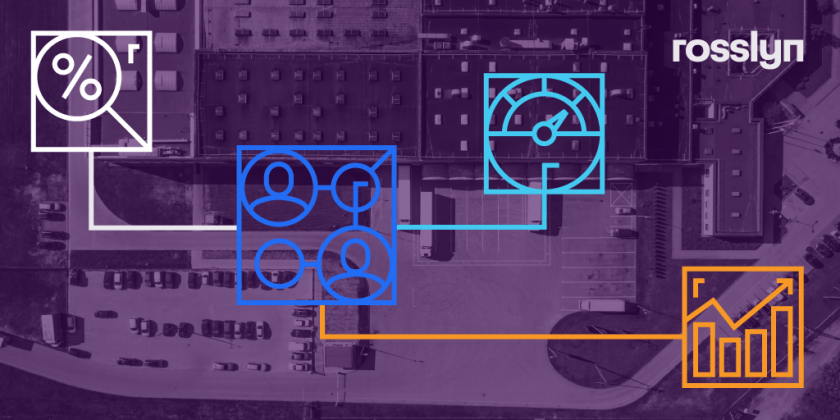The benefits of improving supply chain performance monitoring

In the world of business, knowledge is power. The more you know about the market you operate in, the better decisions you’ll be able to make.
Today’s market moves at a breakneck speed, which means that it’s crucial to remain agile to react accordingly. To become agile, it’s crucial to harness an understanding of your processes and dealings. By understanding your supply chain, you can solidify its strengths and identify its weaknesses. This allows you to create a leaner, benefit-enabling procurement function that saves costs and drives growth.
The goal of any business is to create efficient, productive processes to maximize profitability. The key to this is understanding your supply chain performance. By tracking and managing this performance, you can establish metrics for success and become more organized as you react quickly to disruptions within the market, as well as the potential opportunities that lie in wait for your business.
Let’s take a look at these benefits and see how they can drive your business forward.
1. Increase Understanding
By monitoring your supply chain performance to a higher standard, you can increase your understanding of your supply chain and internal processes.
By monitoring your supply chain supplier performance you’ll:
- Shine a light on current processes and functions, seeing what works and what doesn’t.
- Highlight your successes, see what you’re doing right and what positive impacts that’s having on your business.
- Identify gaps within your supply chain and put a plan in place to solve them.
- Give your employees a greater understanding of the function and allow them to make better more strategic decisions.
- Boost employee productivity by delegating resources effectively and efficiently.
- Compare what’s working with what’s not, learn from your analysis and work towards a smoother, more consistent process.
- Give your business a competitive edge by enhancing existing processes.
- Boost innovation within the function, by monitoring the performances and evolving your function to stay ahead of the curve.
2. Enhance Efficiency
The goal of any procurement function is to make processes run as smoothly and efficiently as possible:
- Discover where current processes lack efficiency.
- Get to the root of your setbacks and find out when and where they’re occurring.
- Analyze your mistakes and learn from them, allowing you to adapt and ensuring you won’t make them again.
- Identify areas where time and money are being wasted.
- Target and improve those areas, allocating resources more efficiently and saving costs.
- Create a leaner, more productive workflow.
- Eliminate any unnecessary wastage and trim down costs, resulting in higher profit margins.
- Empower your employees with clean, visible information and enable them to work more efficiently.
- Tidy up your procurement department and make functions simpler and quicker.
3. Better Communication
Having clear, concise communication within your supply chain is crucial.
Your aim should be to have open lines of communication so both parties get the most out of the contract:
- Make processes run more effectively and efficiently through increased coordination.
- Identify any issues and raise them appropriately.
- Create a collaborative relationship where everyone is working towards a common goal.
- Have two-way meetings to understand one another’s goals, objectives, and pain points.
- React quicker to issues and supply chain disruptions and be able to resolve them early before they become more costly.
- Analyze what’s not working and discuss how to solve it through open communication.
- Have more trust in each other and create a more productive working relationship.
4. Cut Down on Costs
It’s always important to be money-minded in business. Overall growth is determined by maximizing profit margins consistently.
As a result, procurement teams must always be on the lookout for cost-saving opportunities:
- Reduce supplier costs you’re facing across the business.
- Have full visibility of costs and analyze their effectiveness.
- Identify and act on unnecessary spend that exists within the business.
- Avoid expensive supply disruptions.
- Improve invoice accuracy and reduce expenses.
- Mitigate unnecessary costs from overordering.
- Tighten up your supply chain and save money.
- Keep up with trends and ensure you’re getting the most out of your spend.
- Ensure procurement best practices are implemented when negotiating new contracts or managing existing ones.
5. Business Security
Security needs to be at the foundation of your procurement function to keep your business transactions in line with governance procedures.
By monitoring your supply chain supplier performance you’ll:
- Ensure governance and compliance duties are met.
- Have quick access to supplier contract details.
- Provide better risk management on your supply chain.
- Respond quickly to changing circumstances, for example, the war in Ukraine